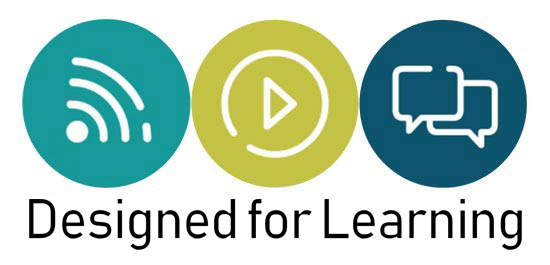01 Mar Designing for Learning
A social learning guru once suggested that my company name was misleading since it was impossible to design learning. Her argument was that learning is something that happens instinctively and that you can’t design it or force it in any way.
Was she right? Is it not possible to design learning? Maybe not but we can design for learning.
We may not be able to design the actual learning that people do but what we can do is design a resource, an experience or an intervention that encourages, stimulates or facilitates learning – and this applies equally to the classroom and the online environment.
When clients buy e-learning they often start by giving us a list of learning objectives. Our task as learning designers is then to design a resource that will result in learning by those who go through it. Ultimately clients want their learners to have all learnt the same thing, but in practice what they learn will depend to a large extent on what they already know. Learners will have different ‘aha!’ moments as they work their way through the learning material.
As learning designers our key role is to design scaffolds for learning. We take information and knowledge and present it in ways that help learners make sense of it all and which help map the new knowledge to their existing knowledge. To do this we use a wide range of devices, tactics, and strategies.
Sometimes these devices, tactics and strategies are embedded in learning design methodologies. Sometimes they are just intuitive approaches honed over years of experience in helping people understand stuff.
Learning design isn’t rocket science – every day teachers design learning experiences within a classroom environment. They aren’t designing the learning but they are designing the activities and interventions that will encourage and stimulate learning.
And this takes us back to social learning. Social learning is clearly not designed learning. Social learning does happen naturally. However left to its own devices it’s very inefficient and virtually impossible to manage or monitor. For social learning to be truly effective the environment (technical and cultural) needs to be right and this will need the hand of a designer in its widest sense.







Зарегистрироваться
Posted at 10:53h, 16 AprilYour article helped me a lot, is there any more related content? Thanks!